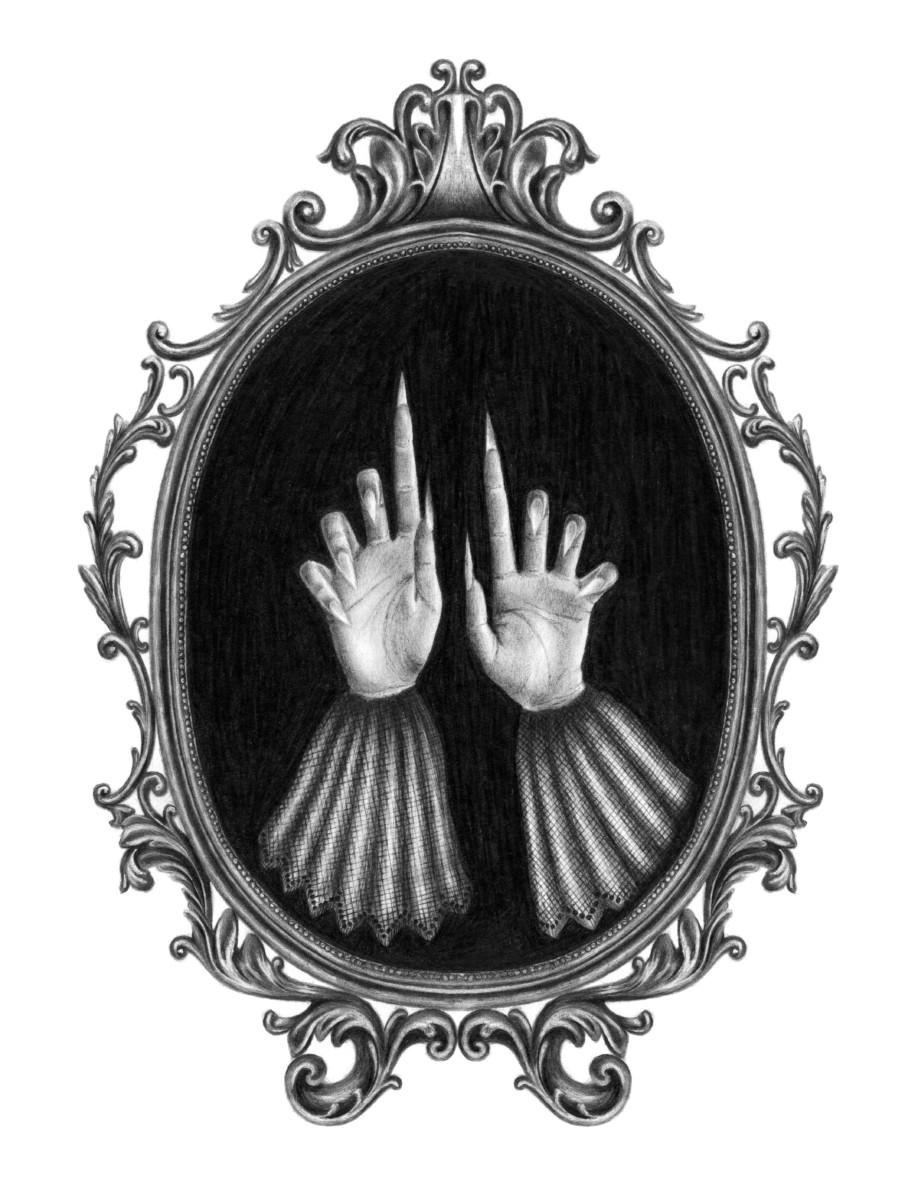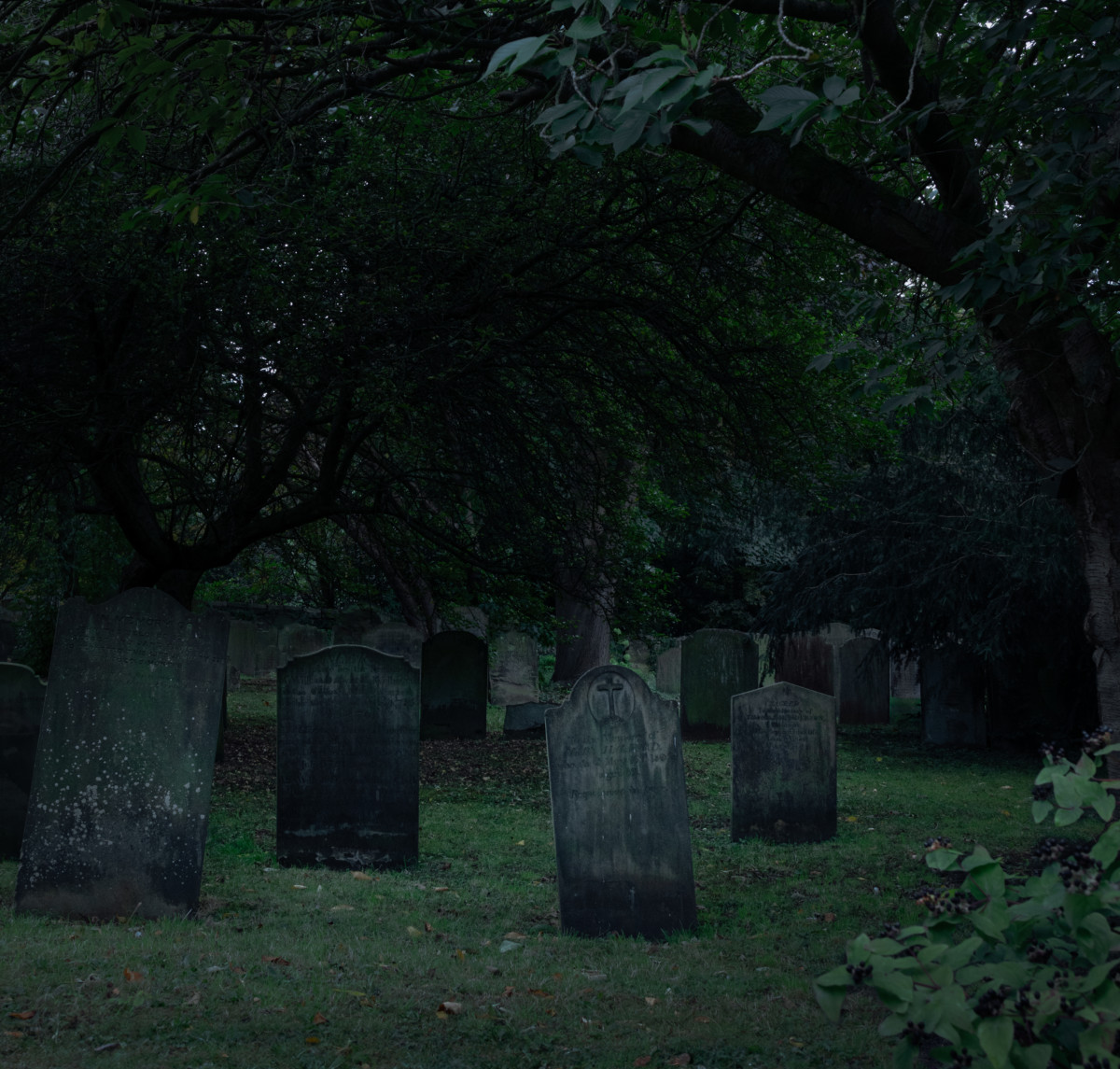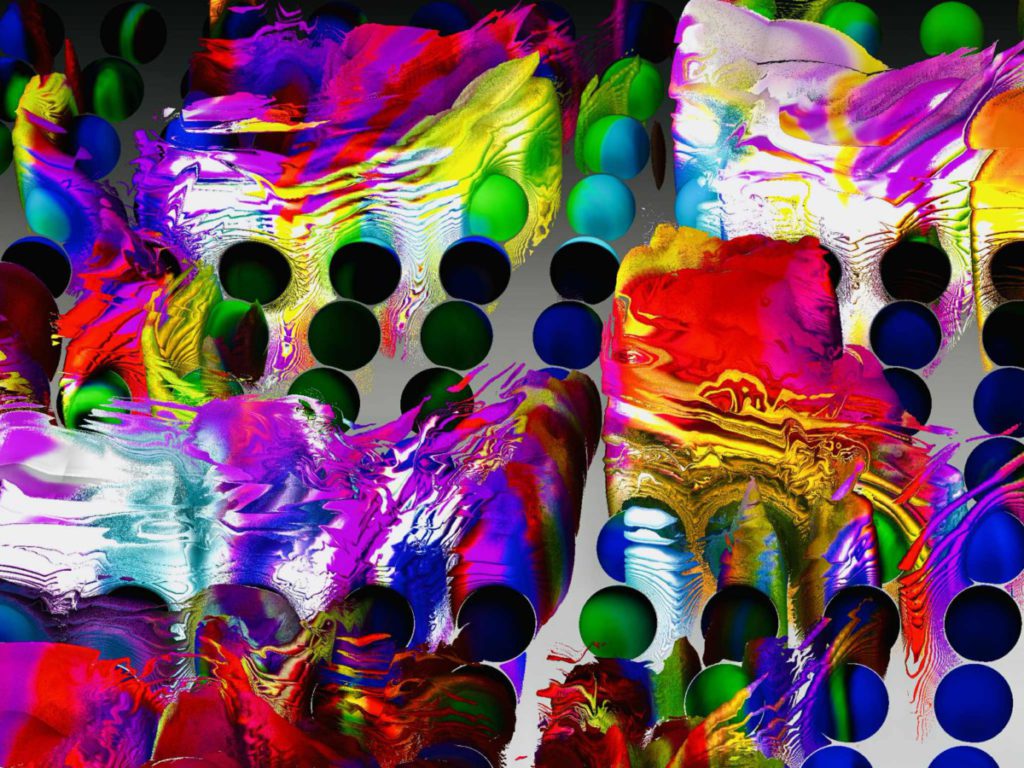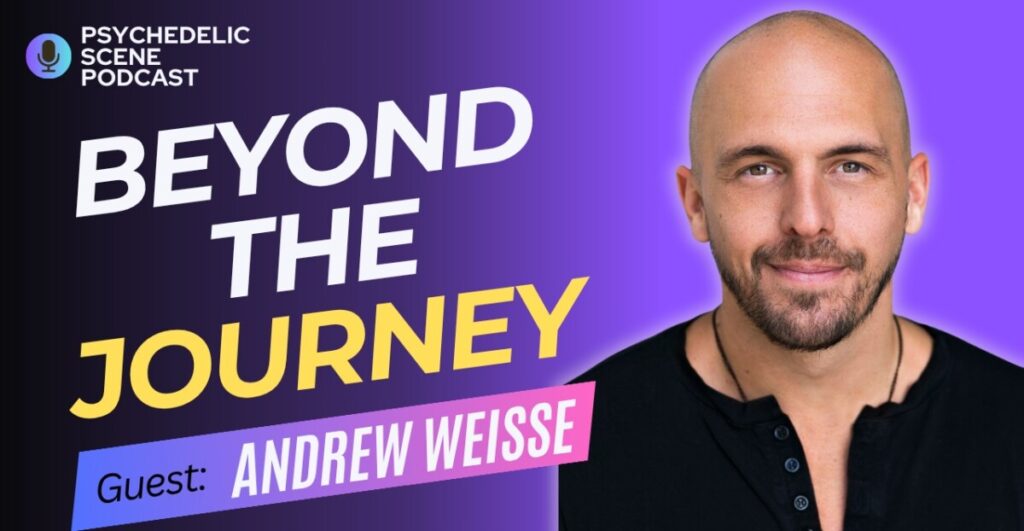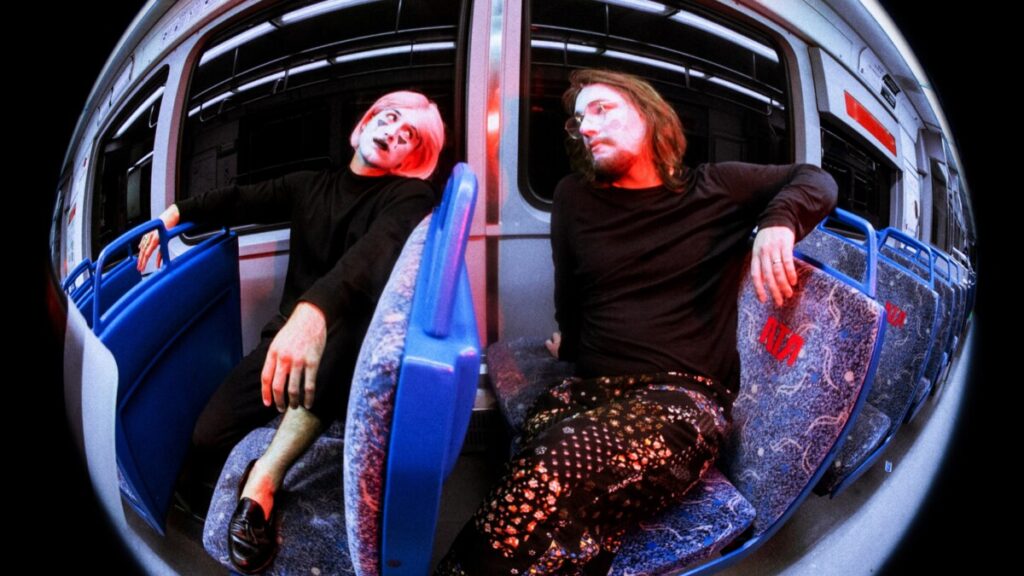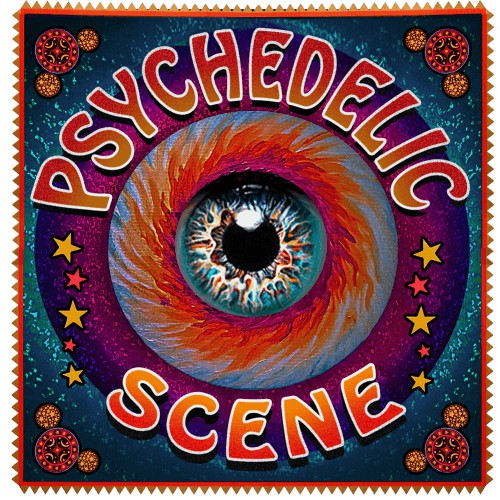Art Spotlight: “The Shadowed Realm of Dark Arts”
Art Spotlight: “The Shadowed Realm of Dark Arts”
From October 19th to the 21st, a group art exhibition titled “The Shadowed Realm of Dark Arts” was opened at the Eight Squared Gallery in Folkestone, curated by Dmitrii Moskovskii. The exhibition featured works by eight completely different artists (Iryna Yauseyenka, Tigerforgives, Mila Rosha, Oksana Bochina, Nikita Semago, Artem Skripnikov, Polina Kulbachevskaia, Alan Ray) from various countries, each with diverse backgrounds and experiences, yet united by professionalism, unique vision, and a common theme of artistic and performative exploration and reinvention of the Halloween celebration. This theme is not coincidental, as it alludes to the values and practices of surrealists, Dadaists, and the new wave of American psychedelic art from the early years following the Vietnam War, who approached the foundational elements of daily life in Western society with critical ideologies ranging from standard leftist ideas to neo-shamanistic esoteric anarchistic empiricism in the spirit of the “new doubters” from Latin American countries. Artists of the last century viewed holidays as an important part of social rituals, relating to them in vastly different ways—from the unconditional acceptance and respect for the revolutionary potential hidden within trickster holidays like Halloween or April Fools’ Day to a complete rejection of festive narratives associated with militaristic or politically historical events. Within this conceptual framework, the artist is not just a producer of artistic works but also an individual with the intention and energy to invent practices and meanings that influence society as a semiotic and performative system. In this critical article, we aim to analyze three works by three artists who participated in the exhibition “The Shadowed Realm of Dark Arts,” marking four non-trivial paths for artists in developing a conceptual framework that helps invent an independent artistic path and, through this, change society for the better by revising so-called festive practices
tigerforgives “Vodyanoy”; Iryna Yauseyenka “Stories”; Nikita Semago ”North Innsmouth”
“Mirror” by Mila Rosha
Black-and-white surrealist graphics that are not what they seem at first glance. The task of the series is utterly captivating: to represent a vast, utterly undocumented layer of mystical lost definitions surrounding the image of the mirror. This includes artifacts of teenage culture, mysticism, and urban rituals. Familiar with the chant “Beetlejuice” (repeat three times), teenage mirror magic actually narrates the real issues young people face, aiming at magical or even psychoanalytical solutions to life’s troubles. It encompasses pop-cultural mirrors as portals between worlds, mirrors as personal diaries, maps of reality, and tools for self-actualization.
The dark graphics of Mila Rosha encompass a wide field of meanings; however, in addition to a network of references, they also constitute an extremely intimate statement about the possibilities of human consciousness and the limitless potential for creating a personal mythology that does not directly depend on cultural and dominant societal narratives. The power of “Mirror” lies in its detail, precision of style, and clarity of message.
"Mirror" by Mila Rosha
“The Forgotten Rest” by Oksana Bochina
The artistic intent of photographer Oksana Bochina aims to challenge stereotypes of cemetery culture. The cemetery aesthetic in the collective consciousness is often considered either a realm of mourning or macabre exaltation. Bochina’s universe of death embodies a conscious choice to adopt a nontrivial tone for the artistic dialogue about the culture of posthumous human artifacts. This tone is grounded in deep humanistic values, often at odds with the pace of urban life in the 21st century. These are values of oblivion, grounding, tranquility, renunciation, silence, and, to some extent, total resignation. Gravestones peep out from the serene darkness, their names erased. Death represents a territory of humility and acceptance, and Bochina raises a crucial yet painful topic. It takes immense creativity and human courage to bring to light what one tends to suppress to avoid being overwhelmed by anxiety; however, the photographer approaches this subject gently, subtly, and with immense internal empathy. Technically and narratively, this work is impeccable.
“The Forgotten Rest” by Oksana Bochina
“Noonday” by Polina Kulbachevskaia
Reenactment, performance, a mandala made of human bodies, dance, ritual, a coven gathering, a women’s circle. Kulbachevskaia’s captivating video work is an incredibly rich field of meanings, guesses, and opportunities for polar interpretations. This work serves as an artist’s instruction manual, pointing to a destination that remains fundamentally undefined. It is a guide for a physical practice that simultaneously alludes to mystical traditions while seemingly leaning on post-dance and asemic group movements from the European performative avant-garde. This work is inspiring and represents a bold attempt to unify different, fundamentally non-capitalistic contexts within a hyper-capitalistic celebration. This attempt is both desperate and fragile; it also constitutes a serious interdisciplinary artistic statement that urges society to take a more thoughtful approach to what it represents and reproduces year after year.
Gallery
Recent Articles
Podcast with Andrew Weisse: Beyond The Journey
•
December 5, 2025
The Club Is Open by Radderall & Muzzy Fossa–Album Review
•
December 3, 2025

Loading...
The Club Is Open by Radderall & Muzzy Fossa–Album Review
- Bill Kurzenberger

